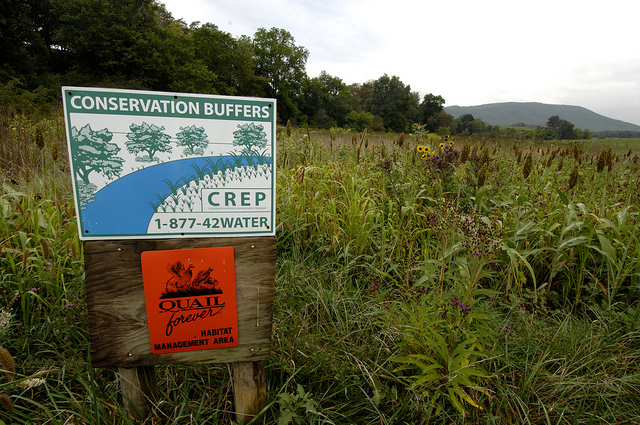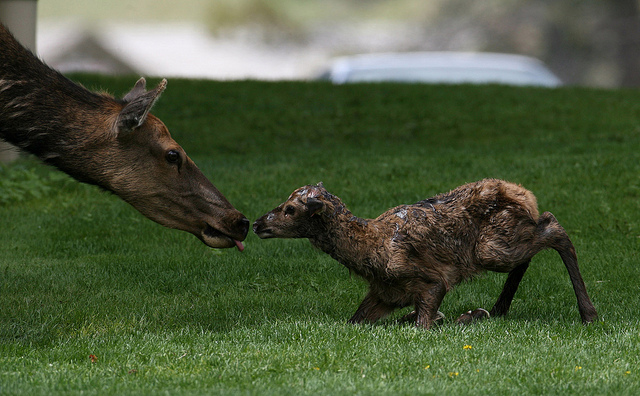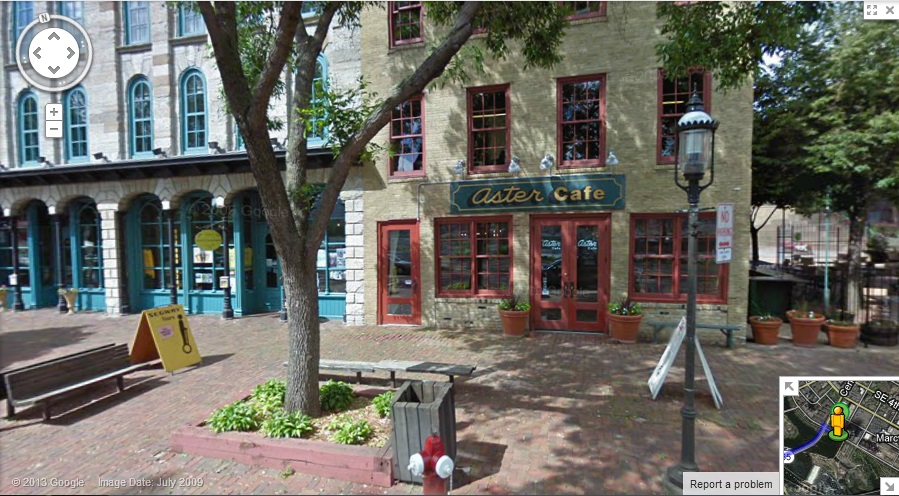
Bridging the public-private land divide for conservation
For much of the world, high-intensity industrial farming produces food with high efficiency, but puts the squeeze on other plant and animal life. Wildlife is mostly sequestered on preserves. But is this the best way to maximize food and biodiversity? Or are there other configurations that might improve mobility of wildlife and benefit other ecosystem services without cost (and possibly with benefit) to private land owners?










